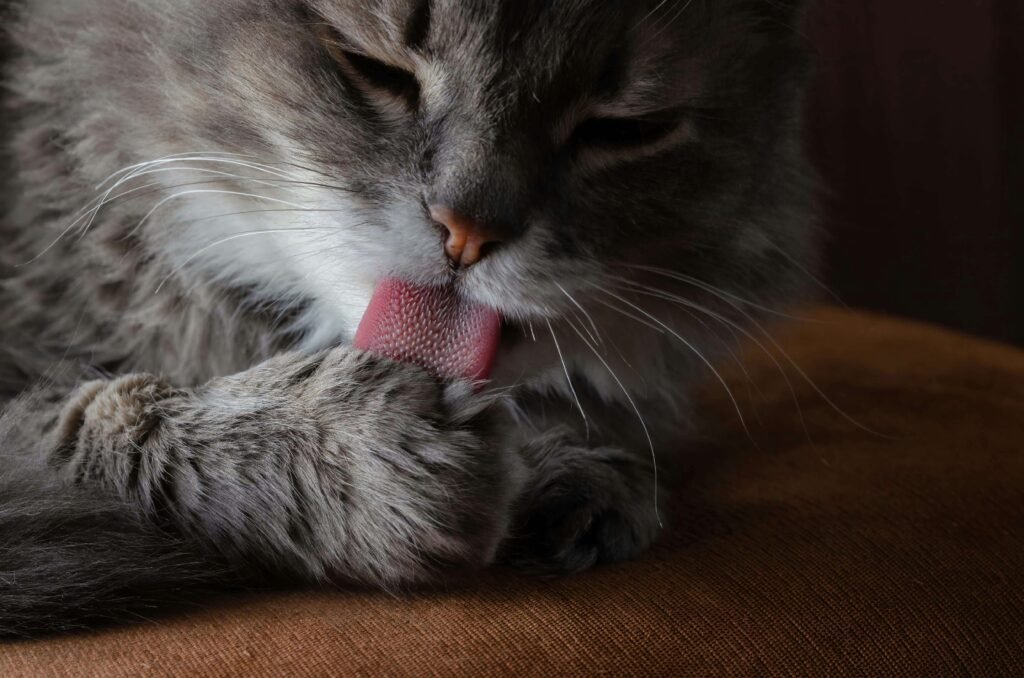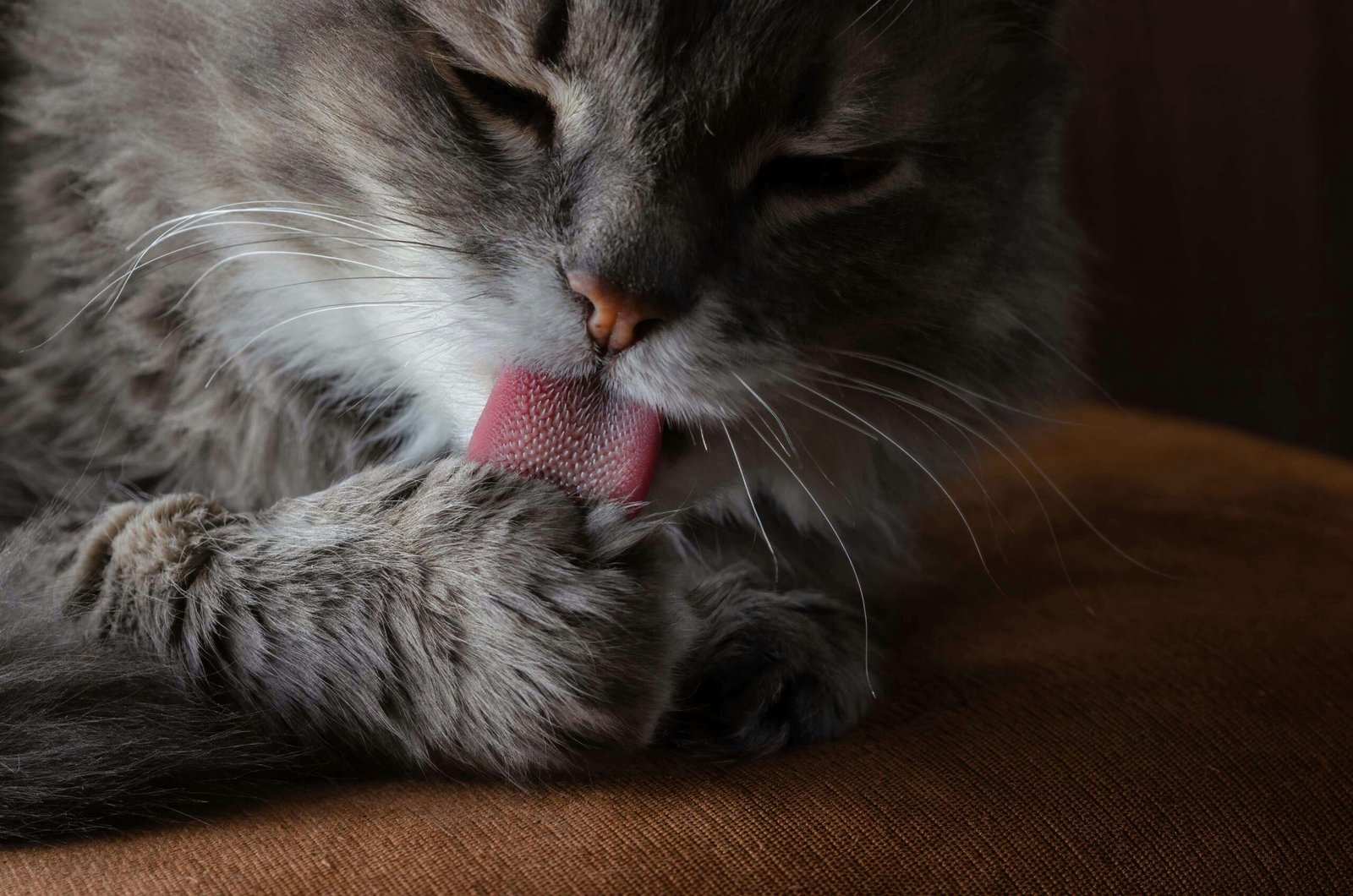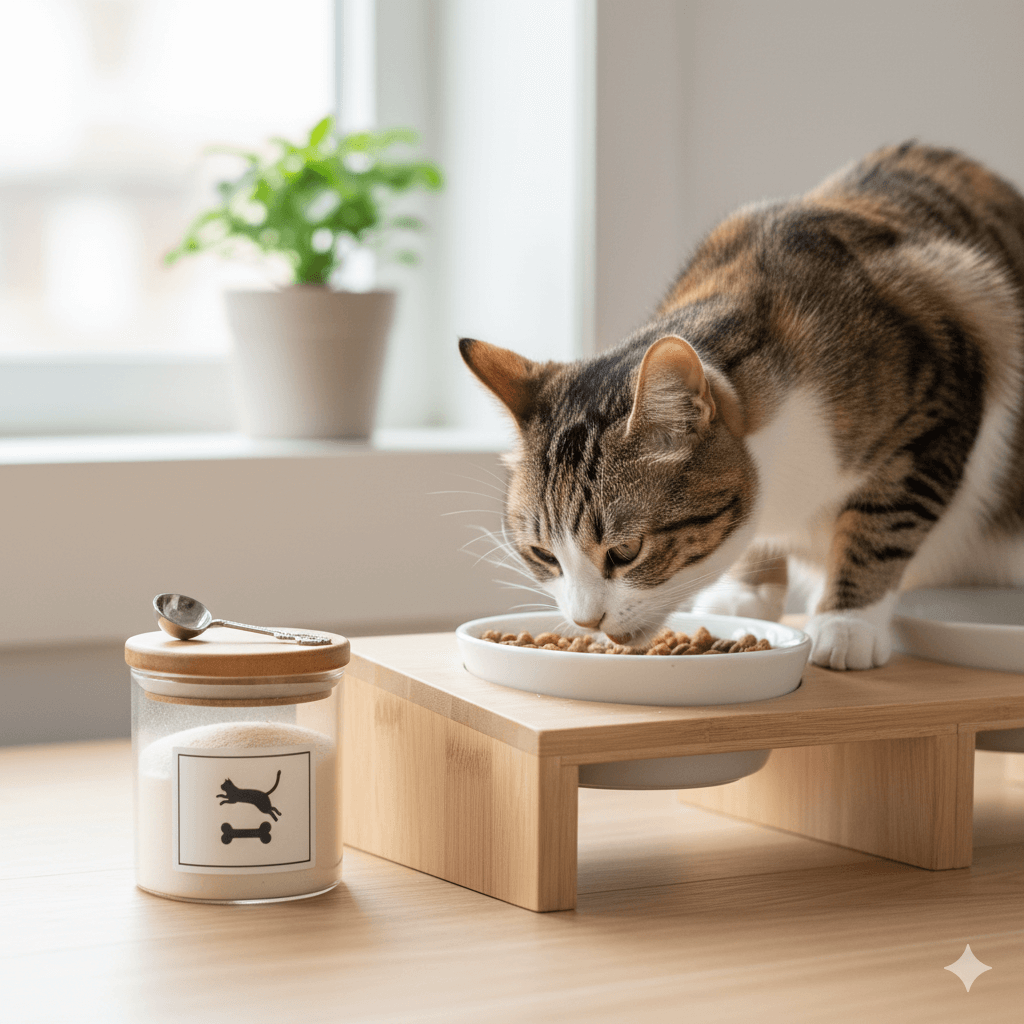What to Do If Your Cat Is Stung by a Bee in the Mouth
Cats are naturally curious creatures, and their playful nature often leads them into situations we least expect. One such scenario is when a cat gets stung by a bee, particularly in a sensitive area like the mouth. While bee stings are not uncommon, a sting inside the mouth can be especially concerning due to the potential for swelling and discomfort. As a pet owner, it’s crucial to know how to respond quickly and effectively to minimize pain and prevent complications.
In this blog post, we’ll explore what happens when a cat is stung by a bee in the mouth, how to provide first aid, and when to seek veterinary care. With the right knowledge, you can ensure your feline friend recovers safely and comfortably.
Immediate Steps to Take After a Bee Sting in the Mouth
When your cat is stung by a bee in the mouth, time is of the essence. Quick action can help reduce swelling and alleviate discomfort. Here’s a step-by-step guide to managing the situation effectively.
Stay Calm and Reassure Your Cat :
Cats can sense panic, so staying calm will help keep them relaxed during this stressful experience.Remove the Stinger (If Present) :
Use a credit card or your fingernail to gently scrape away the stinger. Avoid using tweezers, as squeezing may release more venom.Rinse the Area with Cool Water :
Gently flush your cat’s mouth with cool water to soothe the sting and remove any residual venom.Apply a Cold Compress :
Wrap an ice pack or cold compress in a clean cloth and hold it against the outside of your cat’s mouth to reduce swelling.Monitor for Allergic Reactions :
Watch for signs of an allergic reaction, such as difficulty breathing, excessive swelling, or vomiting, and seek immediate veterinary attention if they occur.
Taking these steps promptly can make a significant difference in your cat’s recovery. However, if symptoms worsen or persist, professional medical care should be sought without delay.
Signs That Indicate a Severe Reaction to a Bee Sting
While most bee stings are mild and manageable at home, some cats may experience severe reactions that require urgent veterinary intervention. Recognizing these signs early can save your cat’s life.
Swelling of the Face or Throat :
Significant swelling around the face, lips, or throat can indicate a serious allergic response and may obstruct breathing.Difficulty Breathing :
Labored or rapid breathing suggests that swelling could be affecting the airway, requiring immediate attention.Excessive Drooling or Pawing at the Mouth :
These behaviors may indicate pain, irritation, or swelling caused by the sting.Vomiting or Diarrhea :
Gastrointestinal upset following a bee sting can signal a systemic reaction to the venom.Lethargy or Collapse :
If your cat becomes unusually weak, unresponsive, or collapses, it could mean they are going into shock.
If you notice any of these symptoms, don’t hesitate to contact your veterinarian immediately. Early treatment can prevent complications and ensure your cat’s safety.
Check this guide 👉Cat Stung by Wasp: Best 7 Expert Tips!
Check this guide 👉The Dangers of Cat Snake Bites: Best 7 Expert Tips!
Check this guide 👉Understanding Cat Spider Bites: Best 7 Expert Tips!

What to Do Immediately | What to Avoid |
|---|---|
Stay calm and reassure your cat | Panicking or yelling, which can stress your cat further |
Remove the stinger carefully | Using tweezers, which can squeeze more venom into the skin |
Rinse the area with cool water | Applying heat directly to the sting site |
Apply a cold compress externally | Giving medications without consulting a vet |
Monitor for allergic reactions | Delaying veterinary care if symptoms worsen |
Home Remedies to Soothe a Bee Sting
In addition to first aid measures, there are several safe and effective home remedies you can use to comfort your cat after a bee sting. These remedies focus on reducing inflammation and easing discomfort.
Baking Soda Paste :
Mix baking soda with water to create a paste and apply it gently to the outside of your cat’s mouth near the sting site.Aloe Vera Gel :
Use a small amount of pure aloe vera gel (ensure it contains no additives) to soothe irritated skin around the mouth.Honey (Externally Only) :
A tiny dab of honey applied externally can provide relief, but never let your cat ingest it due to its sugar content.Chamomile Tea Compress :
Brew chamomile tea, let it cool, and use it as a compress to reduce swelling and irritation.Oatmeal Solution :
Dilute colloidal oatmeal in water and use it as a gentle rinse to calm inflamed areas around the mouth.
These natural remedies can complement first aid efforts, but always consult your vet before trying anything new, especially if your cat has sensitive skin or allergies.
Preventive Measures to Keep Your Cat Safe from Bees
Prevention is key to avoiding bee stings altogether. By taking proactive steps, you can minimize the risk of your cat encountering bees and getting stung.
Supervise Outdoor Time :
Keep an eye on your cat while they’re outside to steer them away from flowering plants or areas where bees congregate.Eliminate Standing Water :
Remove sources of standing water in your yard, as bees are attracted to water for hydration.Secure Trash Bins :
Keep garbage cans tightly sealed to avoid attracting bees and other insects.Avoid Using Strong Scents :
Refrain from using heavily scented products or candles outdoors, as these can draw bees closer to your home.Train Your Cat to Avoid Pests :
Use positive reinforcement techniques to teach your cat to stay away from buzzing insects.
By implementing these preventive strategies, you can create a safer environment for your cat and reduce the likelihood of future bee-related incidents.
Common Misconceptions About Bee Stings in Cats
There are several myths and misconceptions about bee stings that can lead to confusion when caring for your cat. Understanding the truth behind these misconceptions will help you respond more effectively.
Myth: All Bee Stings Are Harmless :
While many stings are mild, some cats can have severe allergic reactions that require immediate attention.Myth: You Should Squeeze Out Venom :
Squeezing the stinger can release more venom into the skin, worsening the situation.Myth: Bee Stings Only Happen Outside :
Bees can enter homes or sting cats indoors if they’re attracted to food or scents.Myth: Human Medications Are Safe for Cats :
Over-the-counter medications like ibuprofen or antihistamines can be toxic to cats unless prescribed by a vet.Myth: A Sting in the Mouth Is Always Dangerous :
While it can be serious, not all mouth stings result in complications—monitoring is key.
By dispelling these myths, you’ll be better equipped to handle a bee sting incident calmly and confidently.
How to Create a Bee-Safe Environment for Your Cat
Creating a bee-safe environment is one of the best ways to protect your cat from potential stings. Here are practical tips to minimize risks both indoors and outdoors.
Plant Non-Flowering Shrubs :
Opt for plants that don’t attract bees, such as ferns or ivy, in your garden or yard.Install Screens on Windows :
Use fine mesh screens to keep bees and other insects out while allowing fresh air inside.Keep Food Covered :
Avoid leaving pet food or human snacks uncovered, as the smell can draw bees closer to your home.Use Natural Bee Repellents :
Citronella candles or essential oils (used sparingly and safely) can deter bees without harming your cat.Trim Overgrown Vegetation :
Regularly trim bushes and trees where bees might build nests to reduce the likelihood of encounters.
By taking these proactive steps, you can significantly lower the chances of your cat encountering bees and getting stung.
Long-Term Care After a Bee Sting
After your cat has been stung by a bee, ongoing care and observation are essential to ensure there are no lingering effects. Here’s what you should focus on in the days following the incident.
Monitor Eating Habits :
Ensure your cat is eating and drinking normally, as swelling or discomfort might affect their appetite.Check for Persistent Swelling :
Lingering swelling could indicate an infection or delayed allergic reaction—contact your vet if this occurs.Watch for Behavioral Changes :
Any unusual lethargy, aggression, or hiding may signal discomfort or pain that needs addressing.Inspect the Mouth Daily :
Look for signs of irritation, redness, or infection around the sting site during routine checks.Schedule a Follow-Up Vet Visit (If Needed) :
If your cat experienced a severe reaction, a follow-up appointment can confirm they’re fully recovered.
Providing attentive aftercare ensures your cat heals completely and reduces the risk of complications. By staying vigilant, you’re giving your feline friend the best chance at a swift recovery.
Frequently Asked Questions About Bee Stings in Cats
Can a bee sting kill a cat?
While rare, a severe allergic reaction or sting in the throat can be life-threatening. Always monitor your cat closely and seek vet care if needed.
How long does it take for a bee sting to heal?
Mild stings typically resolve within a few hours to a couple of days, depending on the severity and treatment provided.
Should I give my cat antihistamines for a bee sting?
Never administer medication without consulting your veterinarian, as improper dosing can harm your cat.
Can indoor cats get stung by bees?
Yes, bees can enter homes through open windows or doors, so remain vigilant even if your cat stays indoors.
Are wasp stings more dangerous than bee stings?
Both can cause similar reactions, but wasps can sting multiple times, increasing the risk of severe reactions.
Final Thoughts: Keeping Your Cat Safe and Comfortable
A bee sting in the mouth can be alarming, but with prompt action and proper care, most cats recover fully without lasting effects. Understanding the signs of a severe reaction, knowing how to administer first aid, and taking preventive measures can go a long way in protecting your feline companion. Remember, your quick response and attentiveness are critical in ensuring your cat’s well-being. If you’re ever unsure about how to handle a bee sting—or if your cat shows signs of distress—don’t hesitate to reach out to your veterinarian. With love, patience, and knowledge, you can keep your curious cat safe from harm and ready for their next adventure.
Understanding Bone Supplement for Cats: Best 7 Expert Tips! – Safe, vet-approved guidance for strong feline bones & balanced nutrition.
Bone Supplement for Dogs: Best 7 Expert Tips! – Expert guide to calcium, collagen & bone health for every life stage.
Understanding Can Cats Get Sunburn: Best 7 Expert Tips! – Protect your feline from UV damage with vet-backed prevention strategies.
How to Train a Seizure Alert Dog: Best 7 Expert Tips! – Learn expert-backed steps to nurture natural instincts into reliable, life-saving seizure alerts.





